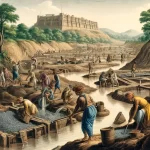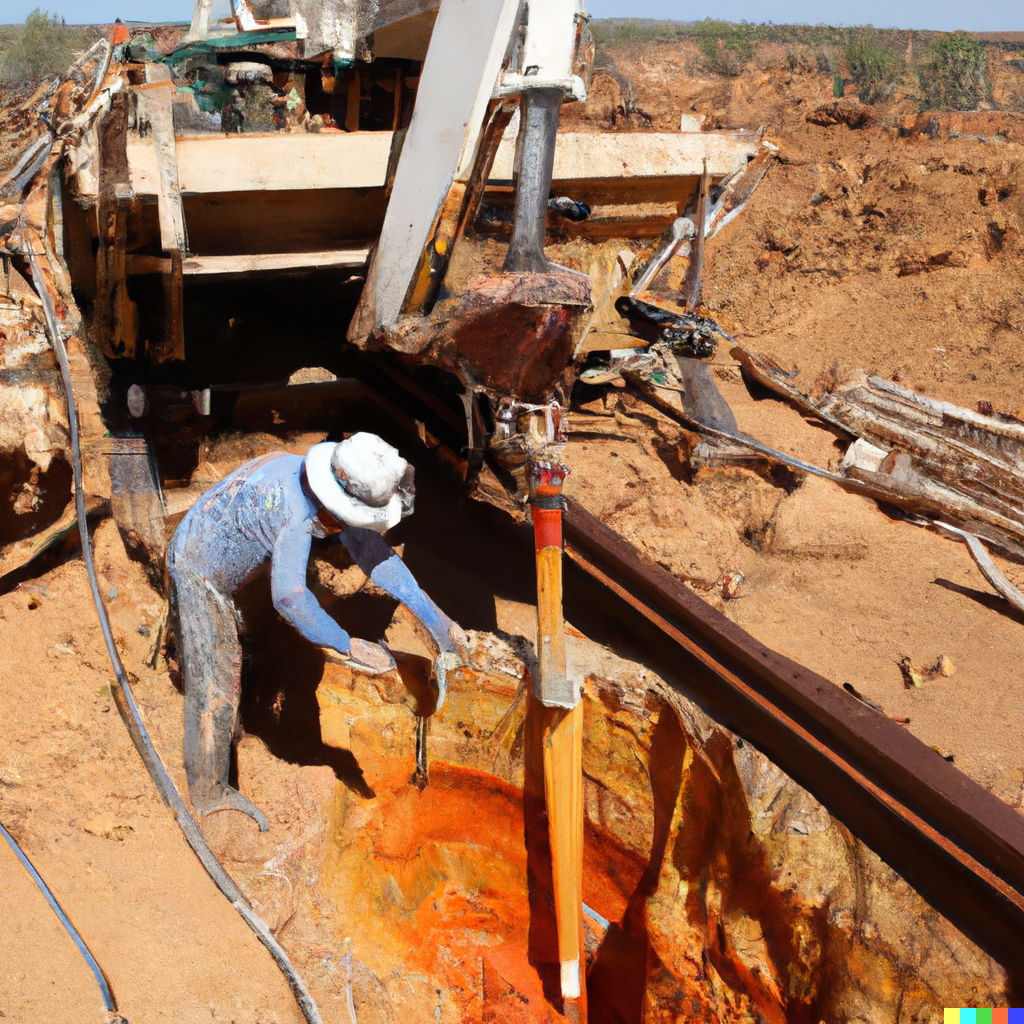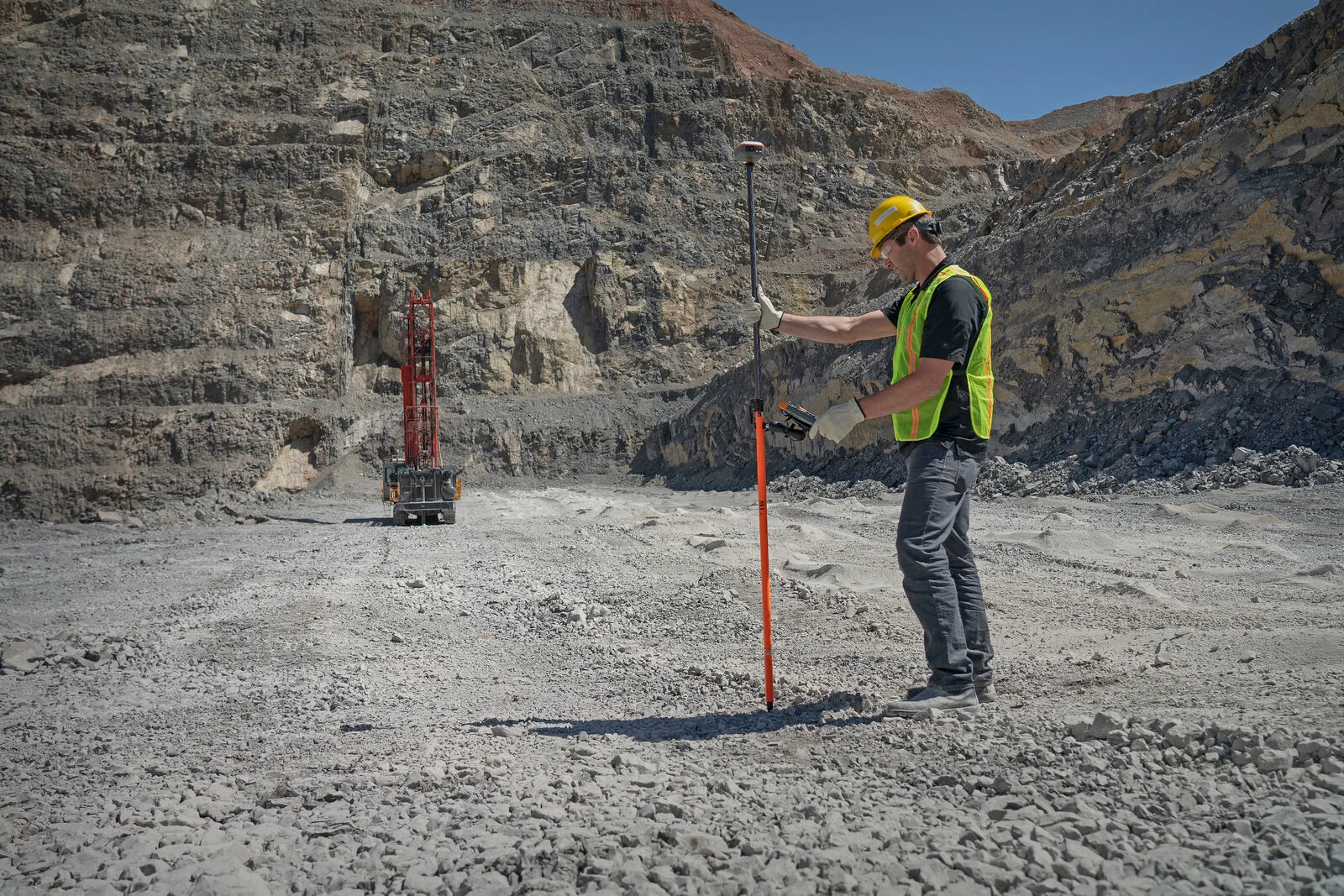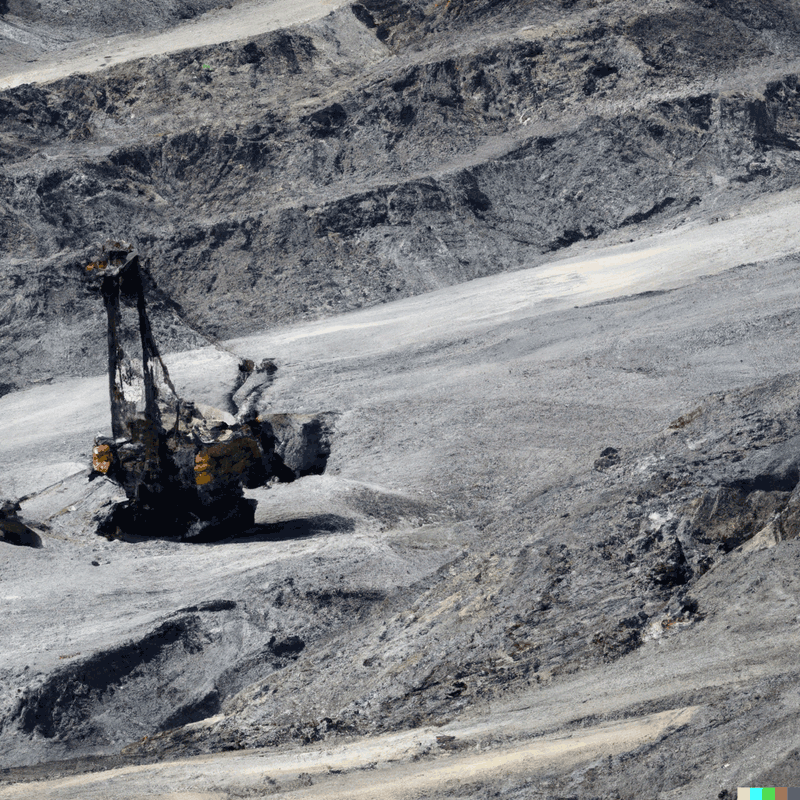Opal:
Opal has been a mystery for centuries. No two opals look alike. The word “opal” was derived from a Greek word opallos, meaning ‘to see changes of color’. Opal is derived as a precious gemstone which is formed from non-crystalline silica gel. It consists of 6 to 10 per cent water and small silica spheres are arranged in a regular pattern. It generally measures 5.5 to 6.5 on MOH’s hardness scale with diamonds measuring 9 to 10 and pearls 4 to 5. It is a birthstone for October.
Opal dates back to 1849 where it was found at a cattle station named Tarrawilla, near Angaston some 80 km outside Adelaide in Australia. Nearly 95% of the opal is found in Australia. A small number is found in other countries like Mexico, Brazil and USA. There are three major opal mining regions in Australia that produce different types of opal.
White opal also known as ‘milk’ opal is found in and around the towns of Coober Pedy, Mintabie and Andamooka in South Australia. The most famous opal is the black opal which is found in Lightning Ridge in the state of New South Wales. Boulder Opal is found in Central Queensland, Quilpie, Winton and Opalton. Other opals include Light Opal, Doublet, Triplet, Common, Synthetic and Imitation.
Most of the opal deposits are found in New South Wales, South Australia and Queensland. At present, mining of opal is done in the following areas and each produces solid Opal with specific characteristics and color patterns.
Lightning Ridge, NSW, is famous for glorious black opal. This town is situated 770 kilometers northwest of Sydney. Black opal was first discovered at Lighting Ridge in the late 1880’s.
White Cliffs is Australia’s oldest commercial opal field. This is situated around 295 kilometres northeast of Broken Hill. Opal was first mined at White Cliffs about 1889. For nearly 30 years, White Cliff opal fields produced opal for the world market.
The real development of Queensland’s vast opal deposits began in 1873 with the discovery of fine quality opal north of Thargomindah. Opal mines are concentrated in certain regions like Yowah, Quilpie, Eromanga and Jundah.
Coober Pedy is famous for White or milky opals. At present, opal fields encompass an area of approximately 45 kilometres. Andamooka is found southwest of Coober Pedy in harsh desert country. Andamooka is one of Australia’s most famous opal fields, having produced some of the most beautiful pieces of opal. The opal fields in and around Andamooka produce top gem, crystal, light opal and some dark opal.
Opal usually occurs in both sedimentary and volcanic rocks. There are various methods of opal mining.
Methods of opal mining
Sink a shaft:
The simplest form of opal mining is by shaft sinking with a pick and shovel. A shaft is sunk straight down until some promising “opal dirt” is discovered. Length of the shaft could be as short as three metres or as long as 20 metres. A handpick or screwdriver is used to extract any opal found, due to the frailty of the stone.
Open cut mining:
Open cut method is done by the use of heavy machinery to remove large amounts of opal dirt from closer to the surface for inspection. This method is more expensive and is mostly used to search for boulder opal in Central Queensland.
Noodling:
Many locals search through heaps of discarded mullock for pieces of precious opal. An abandoned open-cut mine is another good place for a noodler, using a rake and sieve for tools. Some have taken to large scale machine noodling by allowing large amounts of opal dirt travel on a conveyer belt under ultra-violet light, which detects the precious opal.
Puddling and Rumbling:
A Puddler is a large mesh-lined drum attached to a motor. This device rotates and turns the clay into sludge as water is pumped into the drum. The sludge escapes through the mesh. A related technique is dry rumbling.










